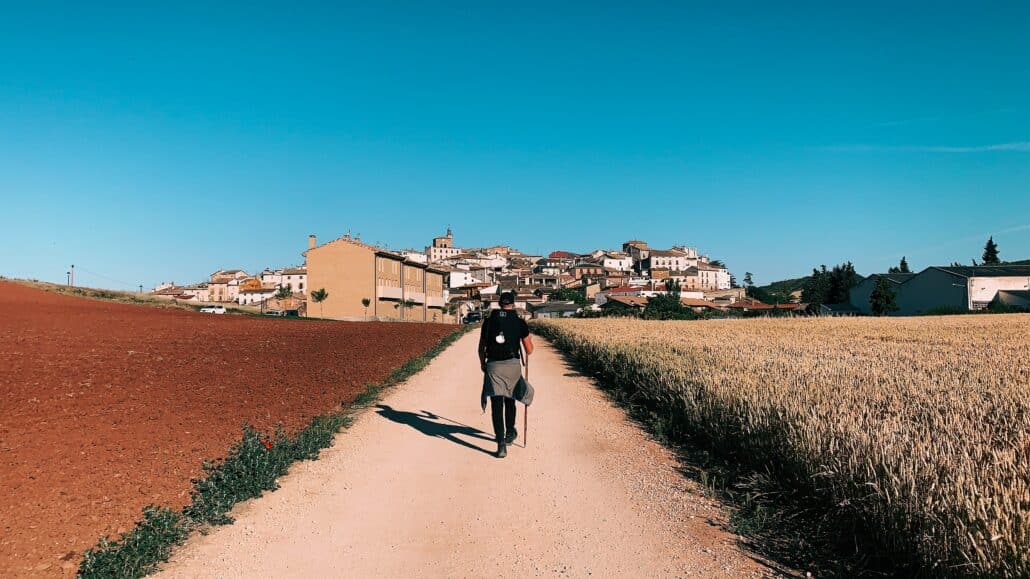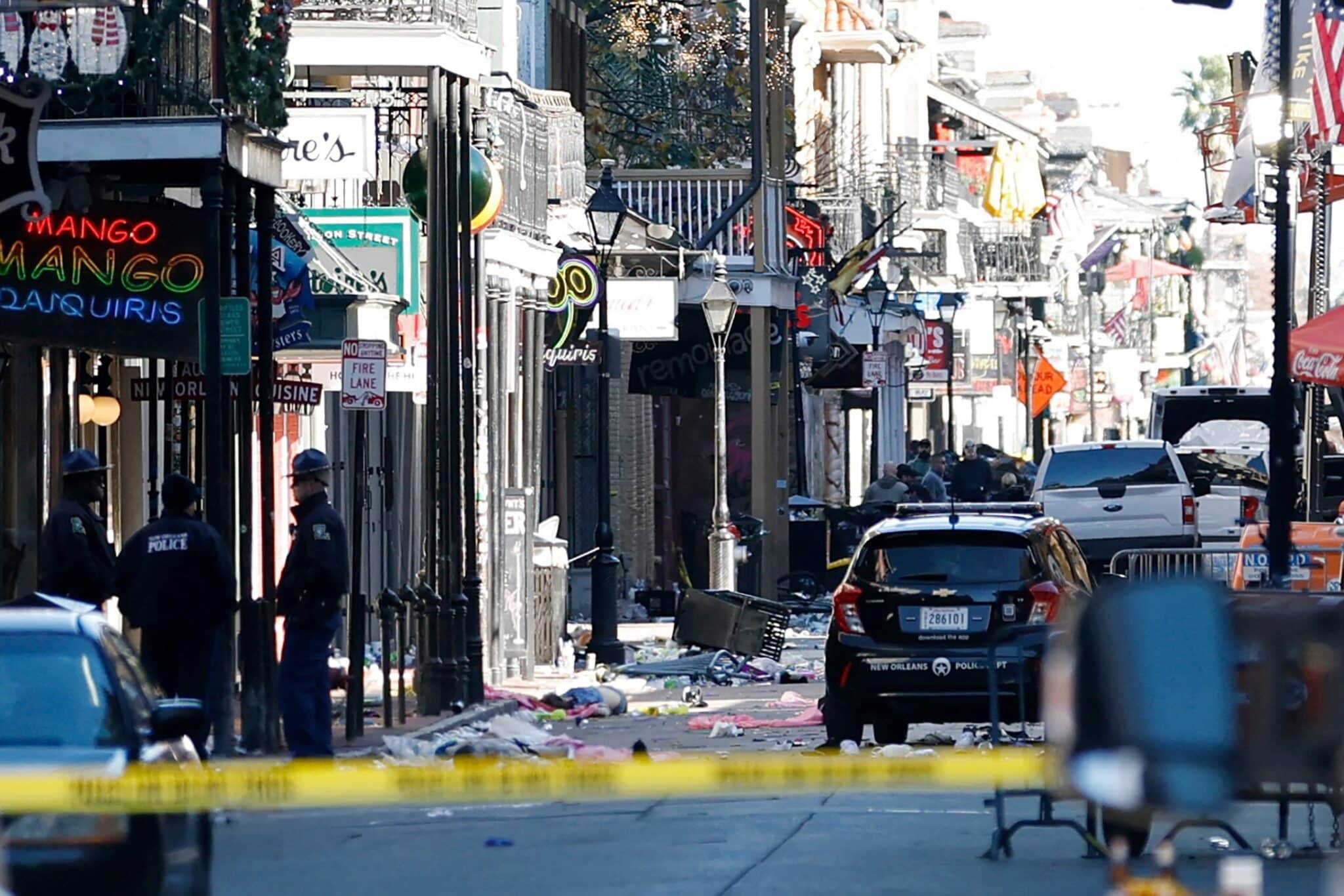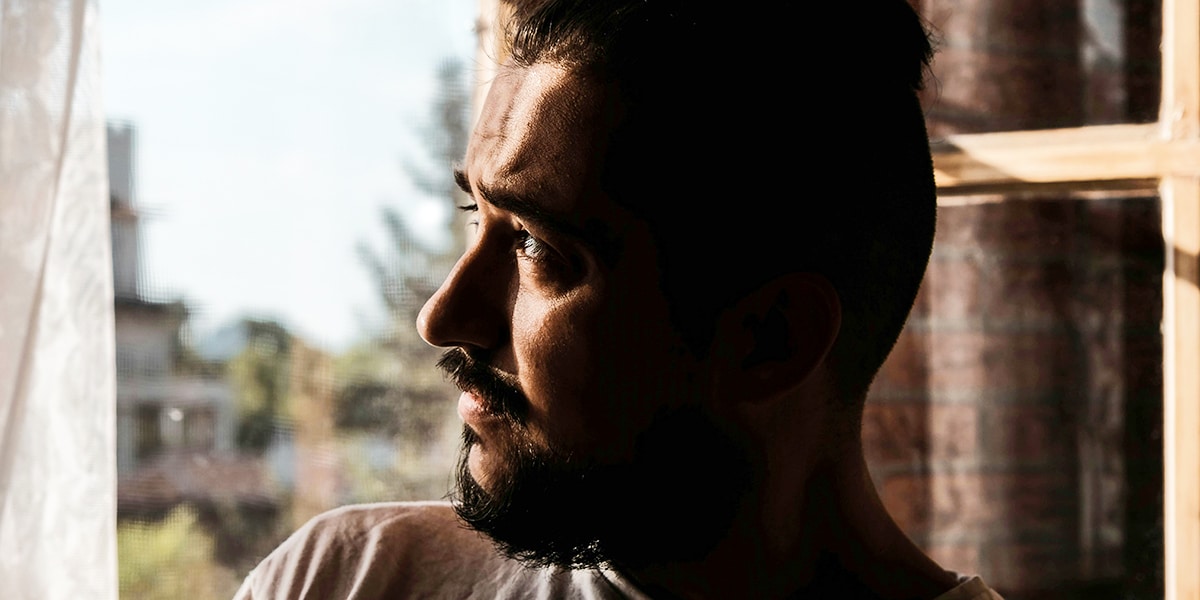I went through Italy last summer. Franciscan Pilgrimage Programs took our group to places associated with Saint Michael the Archangel, Saint Pio of Pietrelcina, Saints Francis and Clare of Assisi, Saint Anthony of Padua and Saint John XXIII.
It was one of the highlights of my life. Besides seeing places important in the lives of my favorite saints, I had a chance to pray in those places. I will never forget Greccio where Francis was inspired to reenact the Bethlehem story or Clare’s simple dormitory where she died.
Even though I’m an introvert, I really got to know my fellow pilgrims, their life stories and struggles with faith. My companions, too, were among the “Saints and Angels” I encountered.
First Pilgrimage to the Holy Land
How does a place become holy? It is either where holy men and women have lived and died, or a spot in nature (like a mountaintop) where the veil between heaven and earth seems thin, as Celtic people describe it. Either way, the God of immense love becomes almost tangible.
Since Saint Helena wanted to find the exact spot where Jesus was born and died, Palestine has been thought of as “the Holy Land.” Nothing brings you closer to Jesus than praying among the fragrant olive trees in the Garden of Gethsemane or seeing fishermen bring in their catch off the Sea of Galilee. No wonder this land is sometimes called “the fifth gospel.”
I’ve twice had the opportunity to go to Bethlehem, Nazareth and Jerusalem, and sincerely hope that the politics of the Middle East settle down so that others have the chance to nourish their faith at the root.
Shrines Elsewhere
Many pilgrimages have as their destination a shrine built around relics, miraculous statues, apparitions or the witness of saints.
For isolated people in the Middle Ages, going on pilgrimage was an exciting prospect. All students of English literature are familiar with The Canterbury Tales, Geoffrey Chaucer’s stories offered by a group of pilgrims en route to the tomb of the martyred Saint Thomas à Becket.
The United States has 106 pilgrimage shrines dedicated to Our Lady, like La Conquistadora at the cathedral in Santa Fe. While there last November, I was touched to learn that the statue no longer refers to the Spanish conquest over the native peoples but to Mary’s conquest of our hearts.
When I was in high school, my family took a trip across eastern Canada and made it a point to stop at St. Joseph’s Oratory in Montreal, Cap-de-la-Madeleine and the Shrine-Basilica of St. Anne de Beaupré. (I thought all Catholics went to shrines while on vacation.) Most of the two million pilgrims who come each year to St. Anne’s shrine pray to Jesus’ grandmother for healing of family members.
Pilgrimage involves interior change. That’s how it differs from tourism. And that’s why people can be on pilgrimage—even in their living rooms. In my heart I’m always on pilgrimage.
Shrines/Pilgrimages
If God created the entire universe, why do people regard certain places as holier or closer to God than others? One place’s dirt, water and/or vegetation are not holier in themselves, but together they recall some generous human response to God’s grace that is always freely given.
For centuries, Catholics have visited places linked to Jesus, to Mary or to other saints, partly as a way of acknowledging that we are always “on pilgrimage.” That was the title of Dorothy Day’s column in The Catholic Worker newspaper. Some astronauts have even found going to outer space to be a religious, as well as a scientific, experience.







